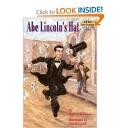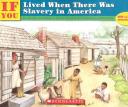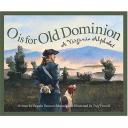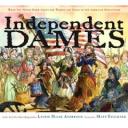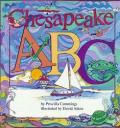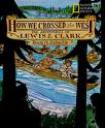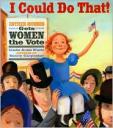
A different time…a different place…What if you were there?
If you lived at the time of the Civil War
-Would you have seen a battle?
-Did you continue to go to school?
-Was it hard to get food?
Each day, decisions are made that touch you. Some you make, such as what you wear to school and eat for lunch. Some are made by others, such as when your mother makes a dentist appointment for you. You and your mother may not agree that you need to visit the dentist. What you believe is call your “point of view.”
Having two different points of view does not mean that one person is all right and the other person all wrong. But deciding what point of view will be used is hard. Most problems can be solved by talking and each person giving in on some things. This is called a “compromise.”
However, there are times in history when a compromise cannot easily be reached. People look at the same questions about life and their answers are different. This book is about one of those times when different point of view led to war.
It was a war that divided the nation. People had to decide whether to support the North of the South.
The war has been called the brothers’ war because families fought both sides. It also has been called the children’s crusade because children as young as nine years old were part of it. It touched the lives of all who lived through it no matter what their age or where they lived. It changed life in the United States forever. It is known as the Civil War. (pg.6-7)
If You Lived At The Time Of The Civil War by Kay Moore and illustrated by Anni Matsick is a book about what is was like to live at the time of the Civil War from 1861 to 1865. It tells about life in the North, or Union side of the war, and in the South, or Confederate side.
Curriculum Connections
If You Lived At The Time Of The Civil War can be read when introducing the causes, major events and effects of the Civil War (SOL USI.9).
Additional Resources
1) The Civil War for Kids is a website that Mrs. Huber’s students at Pocantico Hills School in Sleepy Hollow, New York composed about what they learned about the Civil War.
2) This is a civil war PowerPoint that a teacher from Mountain View Elementary School in Harrisonburg, Virginia made.
3) This civil war timeline breaksdown the events by year.
Book: If You Lived At The Time Of The Civil War
Author: Kay Moore
Illustrator: Anni Matsick
Publisher: Scholastic
Publication Date: 1994
Pages: 64
Grade Level: 3-6
ISBN: 0-590-45422-6

